Text by Caterina Sbrana.
In 2011 at the Kaplan Centre at UCT University of Cape Tow, under the auspices of Milton Shain, an emeritus Professor in the Department of Historical Studies and a former director of the Isaac and Jessie Kaplan Centre for Jewish Studies at the University of Cape Town, the Jewish Digital Archive Project (JDAP) began. The idea was expanding and deepening the Jewish Social History of Southern Africans. Now the Jewish Digital Archive Project is a community project located at the South African Jewish Museum in Cape Town that connects people by creating an online home for old movies, documents, histories, memories and photographs, constantly updated relating to Jewish Social History.
This important archive integrates “the present with the past making it a living archive, ensuring that future generations benefit from stories of the past, and even keep up with the present”. The Jewish Digital Archive Project is made possible by the support of the Kaplan-Kushlick Foundation (South Africa) and the Carl Schlettwein Foundation (Basel, Switzerland).
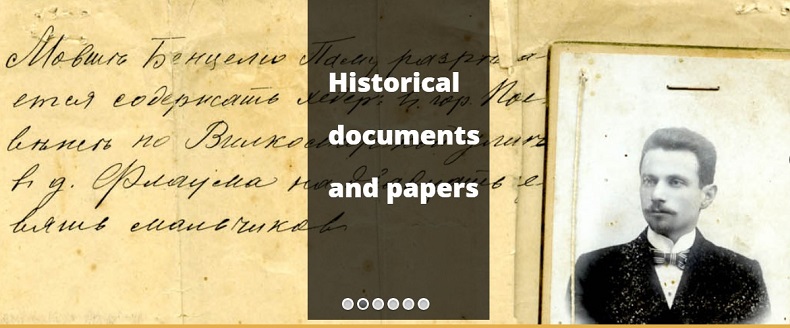
What we can appreciate is that JDAP is not an academic archive, but a virtual house whereby Southern African Jews shoud be able to learn about their heritage and explore it. In the website we read about the original idea that inspires the JDAP : “The migratory nature of Southern African Jews has resulted in SA Jews settling all over the globe. Despite this broad footprint, many of these Jews have retained close links with South Africa and remained a distinct cultural grouping with shared memories and common experiences. JDAP aims to secure and share this common history for future generations. Digital technology allows for anyone to create a record of their family history. JDAP provides a central, internet based resource to do this. Families can explore their heritage and share their own stories. By scanning and uploading photos, documents, films, stories – essentially any historical materials – JDAP members, in a personal manner, add to the richness of our community’s past”.
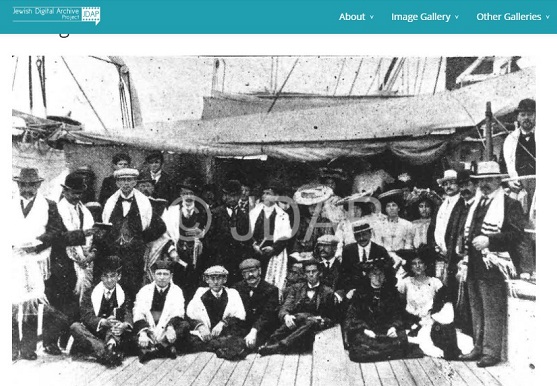
The website is made up of several sections: Historical documents and papers, Faces that changed history, Family photos, Galleries of memory, Snapshots of daily life. A small collection, called “Immigration” contains images of the Jewish immigration history.
The Joan Fried collection comprises more than 200 photos about Jewish family, dating from the late 1800s to the early 1920s. Included are several family portraits, a photograph of a group of women including Dvore Hinde Jacobson, and an image taken at a reception/dinner tendered by the Isaac and Deborah Jacobson foundation in honour of Arnold and Lena Levy, taken April 7th 1934.
Why share stories? The answer is written in the aim of the JDAP: “Leave a legacy for future generations-we want to learn from the good, the bad, the struggles and the triumphs. We want to listen to your story; through chatting, questioning and remembering the past. Storytelling is powerful because it can facilitate dialogue, break down stereotypes, connect us to our past and help heal after painful experiences”.
Discover: http://jdap.co.za/


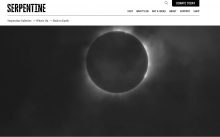
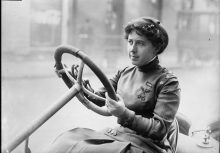
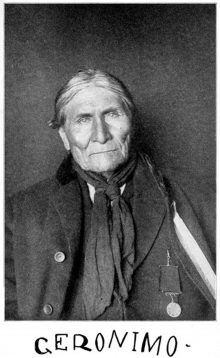
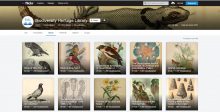
 If you have interesting news and events to point out in the field of digital cultural heritage, we are waiting for your contribution.
If you have interesting news and events to point out in the field of digital cultural heritage, we are waiting for your contribution.
























